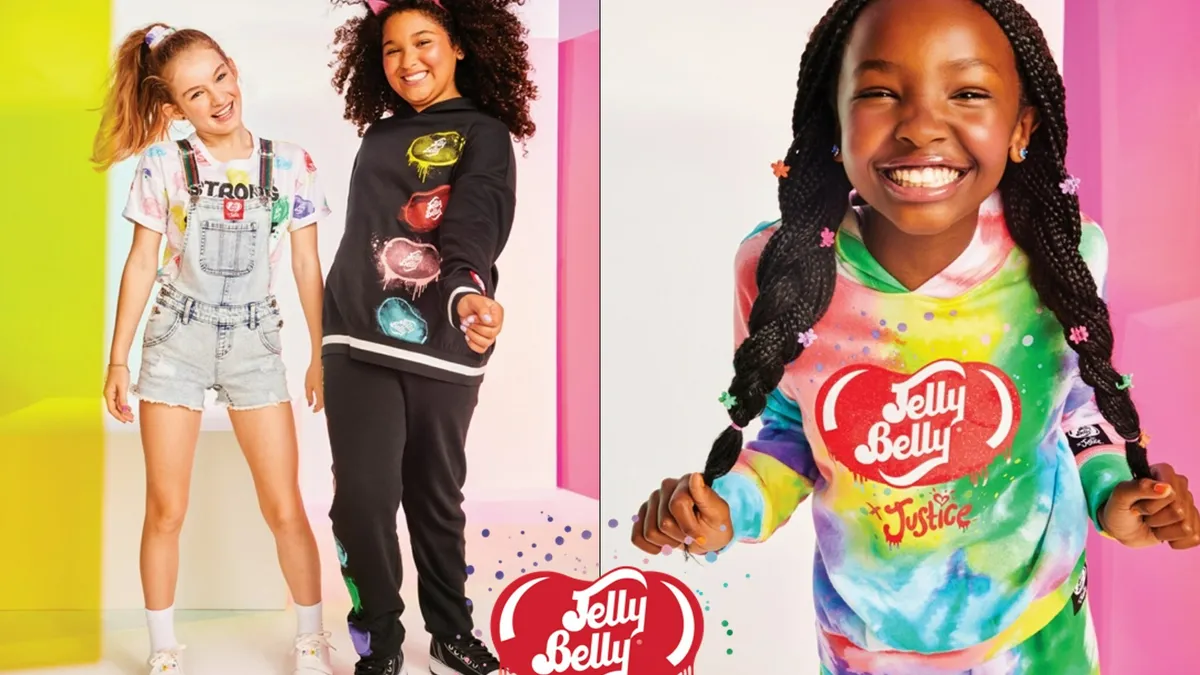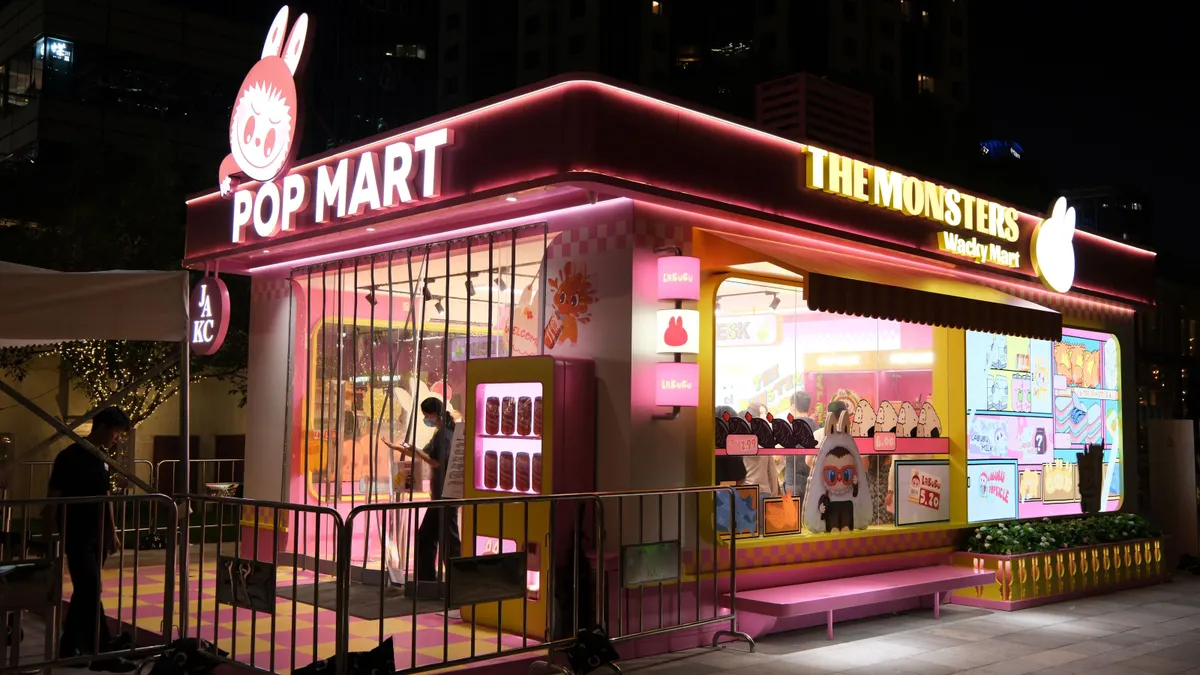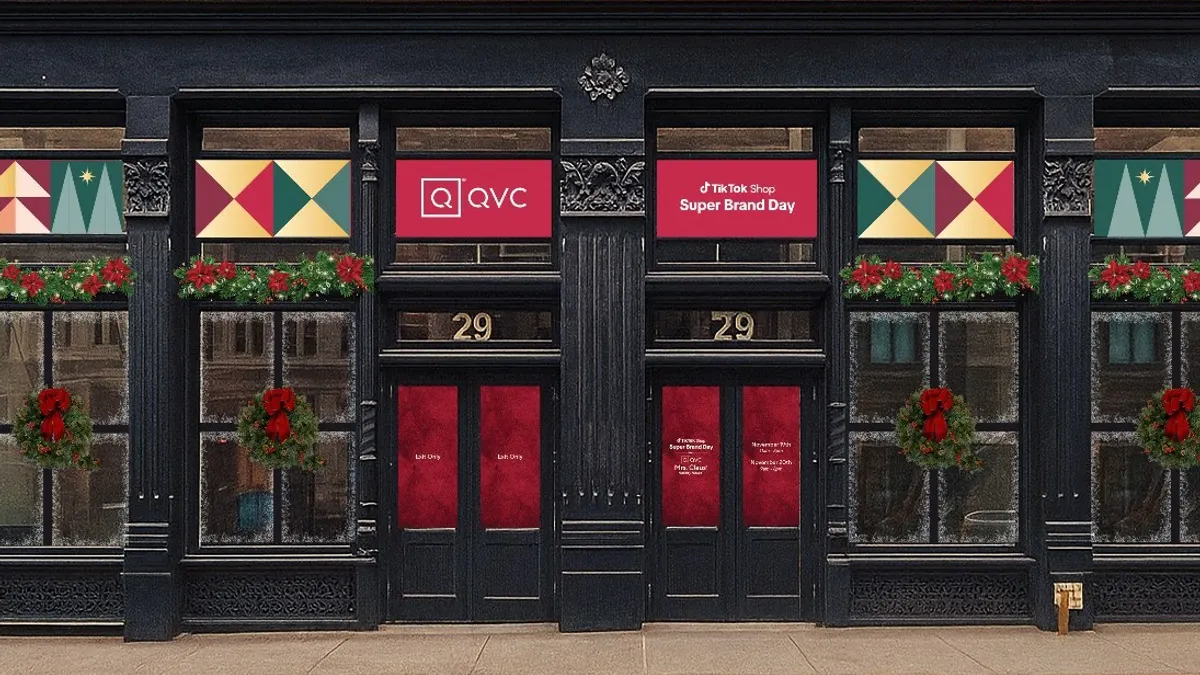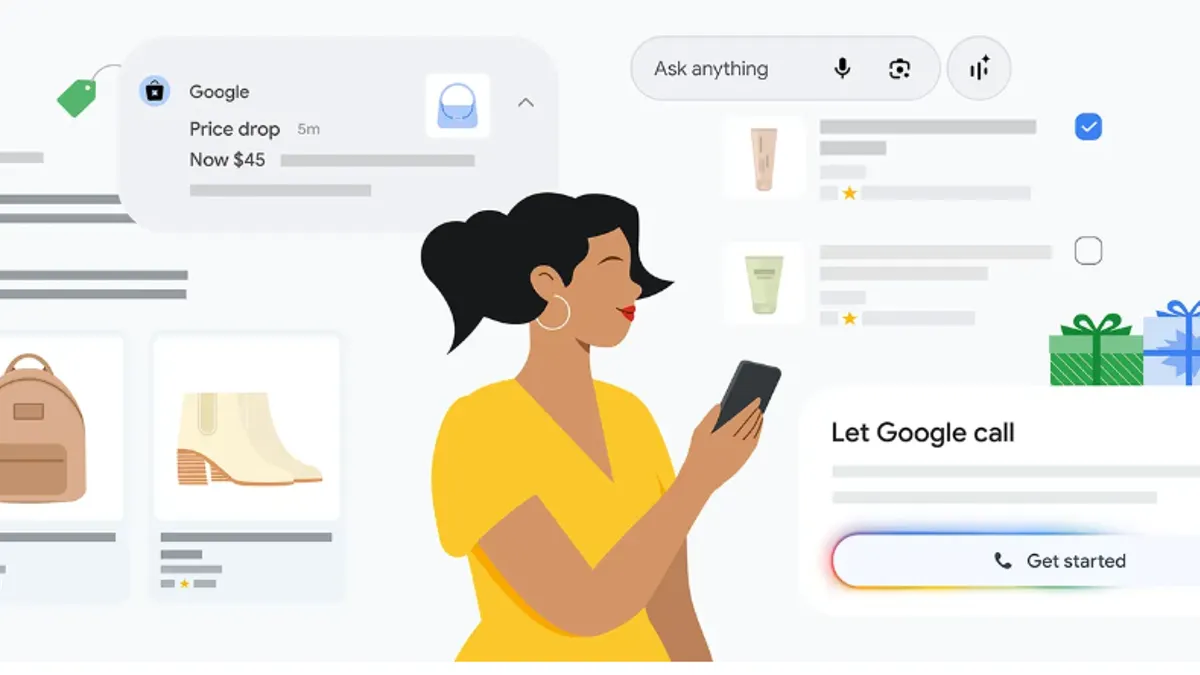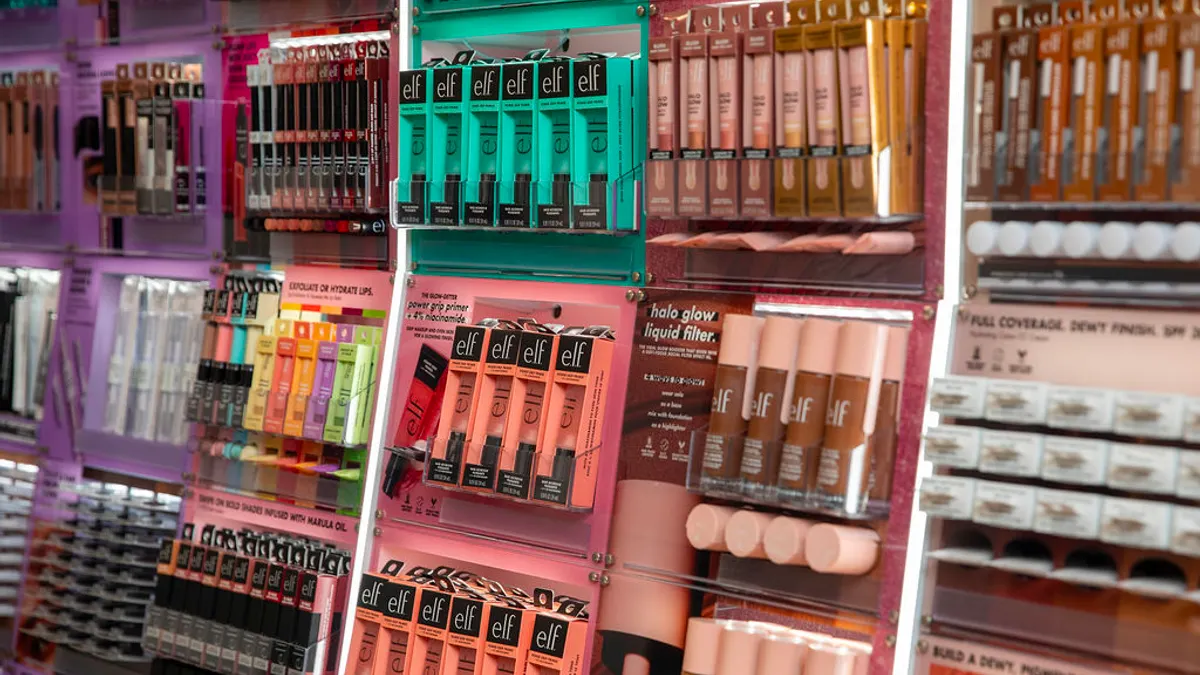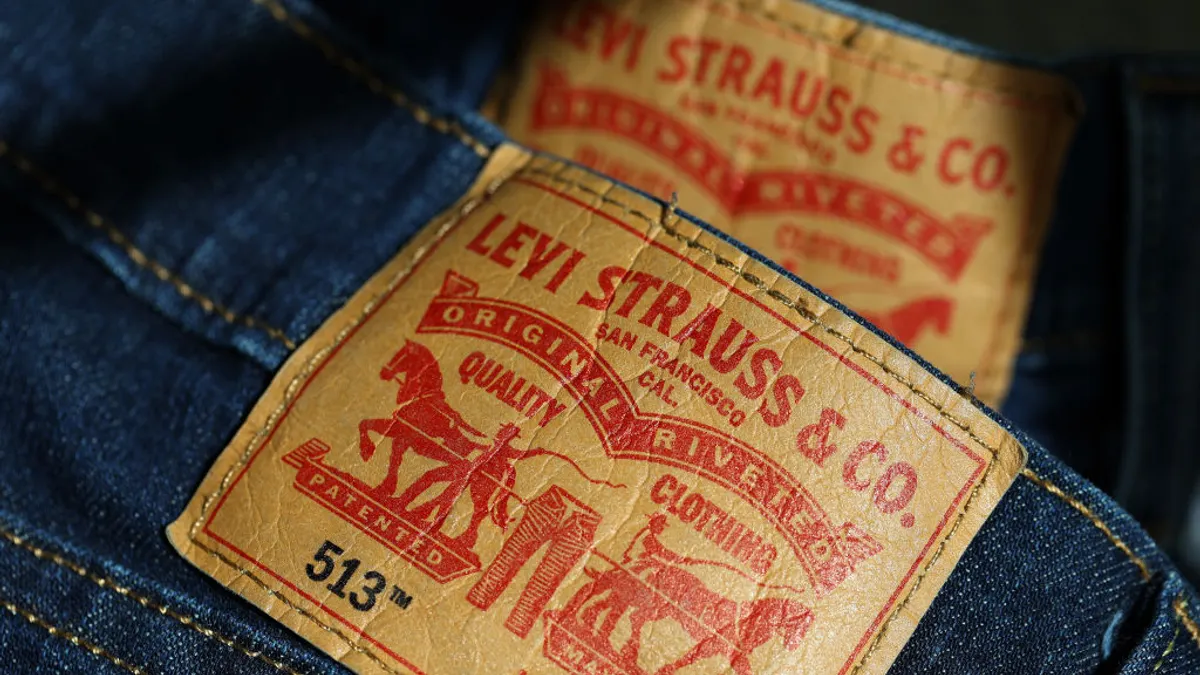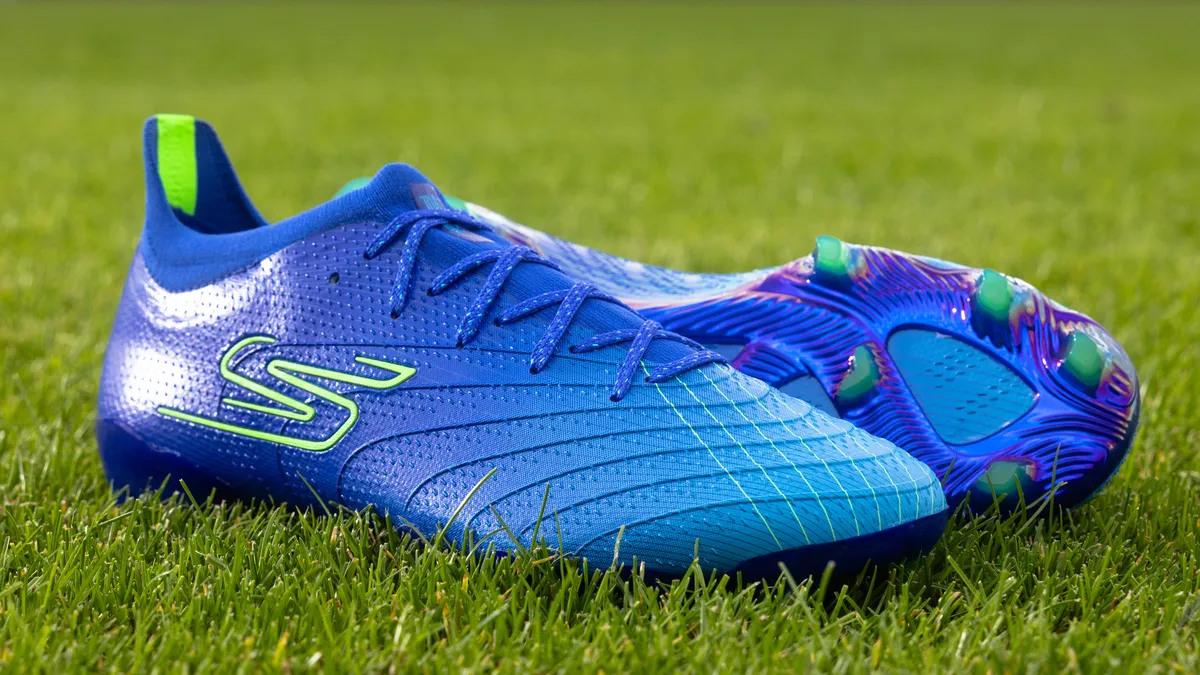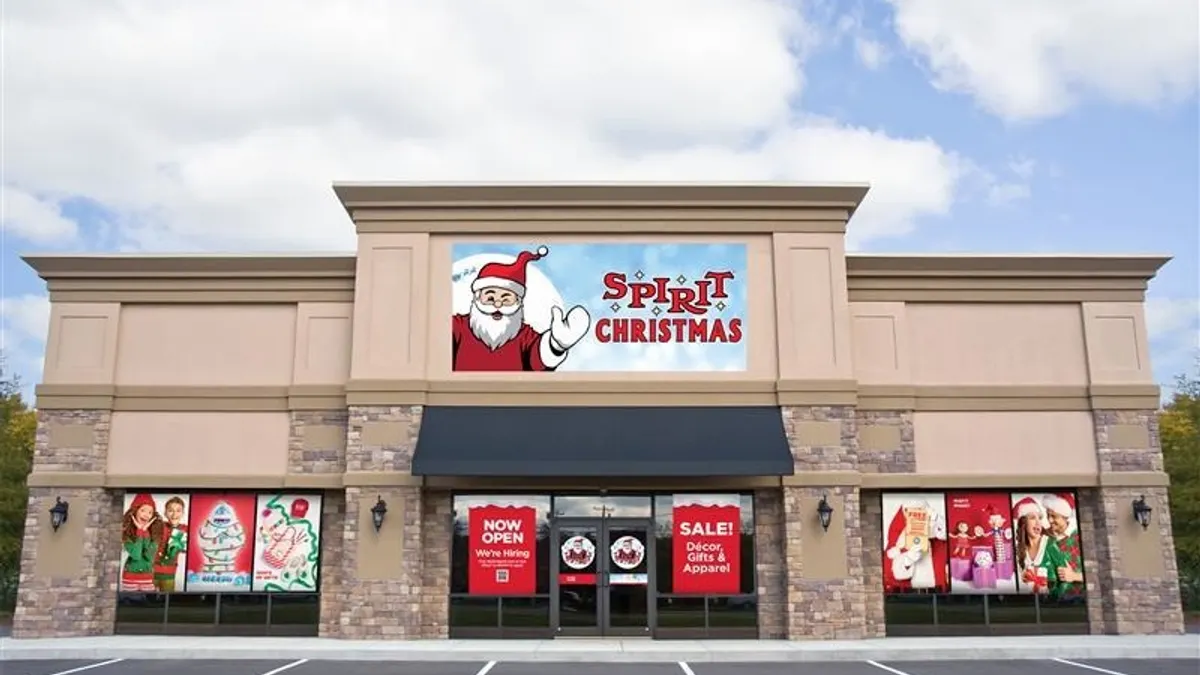It wasn’t that long ago that tween retail — the demographic largely known as pre-teenagers between ages 9 to 12 — were still considered a viable market.
But, Jessica Ramírez, a senior research analyst at Jane Hali and Associates, said the tween retail market has dwindled due to a decline in birth rates.
“Birth rates have continued to drop down.” Ramírez said. “So it's not a market that necessarily is thriving. And a lot of these companies, I mean, they just went out of business. If you look at birth rates, it's quite tough. It's not necessarily up on the rise, even if there's been some slight hits, it's not significant enough. So strategically, you do have to get out of those categories.”
Some may say social media with its influencer marketing is to blame. Others say a lack of media catered to tweens, the COVID-19 pandemic or all of the above had an impact.
But, according to Leela Ramdeen, vice president of strategy at Refuel Agency, companies need more than a good marketing plan to stay relevant.
“I think some of them just didn't change their inventory,” Ramdeen said. “So it's not just the advertising, but it's also the new, fresh look. It's got to evolve as well. Not saying you completely depart from what made you you, but I do think that some of the common threads that caused them to move back is because of their product line.”
Retailers like Maurices, Francesca’s and Victoria’s Secret in recent years have expanded their product lines to include the demographic. Some beloved brands are making their way back. Here are five retailers who once dominated the tween space and where they are now:
Limited Too
Not many on this list have staged a revival since their glory days. Limited Too, a brand in the Bluestar Alliance portfolio, first teased a comeback in early June through Instagram. In July, Limited Too relaunched with an assortment at Kohl’s by its original designers after a 15-year hiatus
Established in 1987, Limited Too was part of L Brands and the first of two Limited spinoffs, the other being Limited Express. Due to Limited Too’s success, it was branched off from The Limited in 1999 as Too, Inc. In 2004, Limited Too launched Justice and in 2006 Too Inc. changed its name to Tween Brands.
Then in 2008, Limited Too was discontinued and most of its stores transitioned to Justice locations. In 2009, Ascena Retail Group acquired Tween Brands. Then in 2015, Limited Too was acquired by Bluestar Alliance.
In 2017, the brand made a brief appearance in New York City with a pop-up shop open for a few days in August, ahead of the back to school season.
J.C. Penney carries some of its watch sets online. Limited Too apparel and other accessories are also sold online at Amazon, Target, Walmart and Sam’s Club.
Wet Seal
Associated with a slew of hit mall stores in the 1990s, Wet Seal’s origins date back to 1962, when the brand was founded by Lorne Huycke in Newport Beach, California.
In 1995, Wet Seal purchased the Contempo Casuals women’s clothing chain for $1 million in stock from the Neiman Marcus Group. That same year, Canadian chain Suzy Shier then acquired Wet Seal and 21 Rampage stores in 1997. By this time in the late ‘90s, Wet Seal operated a total of 370 junior stores, consisting of 133 Wet Seal units and 237 Contempo Casuals stores. Wet Seal launched its adult-focused Arden B brand in 1998.
Various C-suite switchups during the 2000s contributed to a frenzy of shake ups within the brand. In 2003, CEO Kathy Bronstein was forced out, and by 2004 both brand president Allan Haims resigned as well as chairman and CEO Peter Whitford resigned.
By the 2010s, things worsened for the Southern Californian retailer.
Wet Seal abandoned Arden B in April 2014 in an effort to focus on its namesake and save some $1.3 million in annual pre tax costs, since it already wasn’t doing financially well at the time.
In total, 54 Arden B stores closed alongside its website. The company replaced this with its inclusive sizing iteration, Wet Seal Plus, alongside standard Wet Seal stores.
Then, in 2015, Wet Seal closed 338 stores without warning. This sparked online outrage as employees were blindsided by the news, posting #ForgetWetSeal and #BoycottWetSeal online and through handwritten posters on store doors.
By early 2015, Wet Seal filed for Chapter 11 bankruptcy protection. Before filing, the company lost over $150 million in just two years and defaulted on $27 million of debt. By April 2015, private equity firm Versa bought the company for $7.5 million. Wet Seal was acquired by the Gordon Brothers for $3 million in 2017 and still owns the brand.
Wet Seal hasn’t posted to its Instagram since 2021. Its bio leads to a broken Walmart shopping link. However Walmart does promote one Wet Seal item online. Wet Seal’s LinkedIn page doesn’t seem to be updated either, still citing 168 stores in 40 states and an e-commerce business.
Justice
One of the most recognizable names in tween fashion, Justice’s history ties actually in with another retailer on our list. In 2004, Limited Too launched the Justice brand and in 2006 Too Inc. changed its name to Tween Brands.
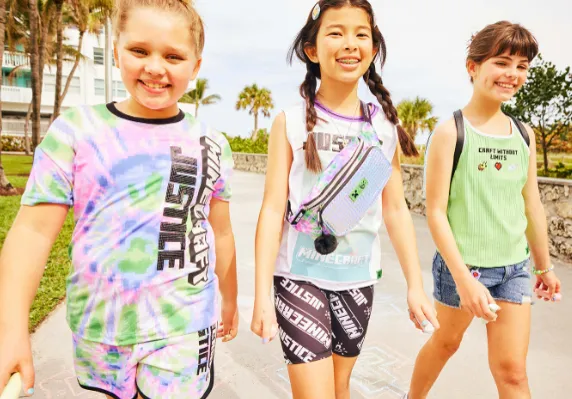
Ascena Retail Group then acquired Tween Brands in 2009. At one point, Justice was its parent company's top breadwinner with consistently surging sales during quarterly earnings. During first quarter earnings in 2018, the Justice brand’s comps surged 12%. This in part was due to membership enrollment for the brand’s loyalty program, Club Justice. At the time, over 4.4 million customers were enrolled and loyalty program purchases accounted for an estimated 70% of sales.
Justice served as Ascena Retail Group’s most successful banner. In 2018, Andrew Clarke, former merchandising chief at Justice was named president of Loft, another brand in the Ascena portfolio.
The tween retailer was also known for its collaborations with kids TV shows popular during its wonder years, including “iCarly” and "Liv and Maddie.”
In a brief 2018 stint, the company did try to dip its toes into entertainment, launching original content under Justice Studios such as a graphic novel series, “Ultra Squad.”
But it wasn’t enough and in October 2020, the beloved tween brand agreed to be sold to Premier Brands Justice for as part of a bankruptcy plan for parent company Ascena Retail Group. However, Bluestar later outbid them and acquired the company.
In April 2021, Bluestar Alliance relaunched Justice online. Then in July, Walmart introduced the brand to about half of its stores and site. The retail giant introduced a Justice assortment of tween fashion, bedding, backpacks, tech accessories and more, with President of Bluestar Alliance Ralph Gindi stating the move was “such a natural fit.” From here, various collaboration collections dropped over the years with the PowerPuff Girls, Minecraft, and most recently, the “Wicked” movie.
Additionally, Shopjustice.com has all of the brand’s clothing and lifestyle items. Per its site, Justice reports it has no plans to open physical locations. With its core audience still in mind, the company also runs a blog with posts like a tween style guide for parents and an ultimate sleepover kit for tweens.
In a letter to customers on its website, Justice hinted at the return of some brand classics including Justice Denim and former athleisure line Collection X by Justice. The company also said its loyalty program, Club Justice, will be relaunched, per the brand.
Delia’s
Delia’s Inc. first made strides in the 1990s with its signature mail catalog becoming a pop culture phenomenon for tweens and teenagers. Delia’s was a clothing brand founded in 1993 aimed at girls and young women who’d be considered millennials and Gen Z today.
In December 2014, Delia’s filed for bankruptcy and closed its physical stores.
Months earlier, the once popular teen retailer said it would explore a sale or merger after receiving interest about a takeover, but was unable to find a buyer in time. Declines in mall traffic and overall sales at the time led to the outcome and Delia’s also hinted that it may not have enough cash to last the year.
Shortly after, Delia’s attempted a comeback in August 2015. Pivoting to online-only sales, Delia’s return also came with a monthly print catalog and shoppable Instagram. Later that year, the company took its original print strategy in a different direction, releasing a holiday catalog in November with lifestyle content such as interviews and recipes.
In November 2018, the brand was again revived as Delia’s by Dolls Kill in a 70-piece collection.
“Every 90’s girl remembers the Delia’s catalog hitting her mailbox,” Dolls Kill co-founder Shaudi Lynn said in a statement at the time. “Tearing through the pages, coveting the ‘it girl’ looks. Delia’s was an obsession, shaped a culture, and left a permanent tattoo on a generation. We've always been inspired by Delias’ vintage, original style, and it felt like the right time to introduce it to a whole new generation.”
At the time, Dolls Kill hinted at additional drops in 2019 and the online retailer still hosts Delia’s revival to this day. Delia’s is sold as a collection at Dolls Kill and Delia’s Instagram points fans to shop its items exclusively at the online retailer.
Delia’s reportedly still creates monthly catalogs, per Instagram photos similar to its early 2000’s print style. Delia’s is here for the nostalgia with frequent posts reminiscing on its early catalog days and Y2K aesthetic.
Claire’s
The one-stop destination for young girls to get their ears pierced, non-prescription neon pink fashion nerd glasses and scrunchies in every color has seen lots of internal changes since its early mall days.
But to marketing expert Ramdeen, Claire’s has maintained a consistent image for awhile.
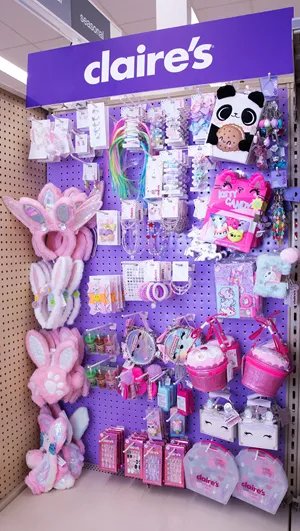
“You've got so much competition out there, and you can see a brand like Nike, they've always evolved,” Ramdeen said. “There's always been the fundamental look of the brand. But as they've grown, they've evolved and changed certain things. And I don't know, I've gone into Claire's, and I feel like it's looked the same, you know, for a while.”
Claire’s first filed for bankruptcy in March 2018, swamped by debt from a private equity takeover. By October that year, the retailer was able to exit Chapter 11 and eliminated $1.9 billion in debt and gained access to $575 million in new capital.
Beyond its mall stores, in 2018 Claire’s struck a partnership with Walmart to include its products and piercing services at the big-box retailer. This was expanded in 2022 to include 1,200 stores.
In 2021 Claire’s filed for an initial public offering just three years post-bankruptcy. At the time, the retailer still carried nearly $500 million in long-term debt plus an over $400 million derivative liability.
The company took a page out of its own book and reconvened with the strategy of smaller shops in larger stores. In 2022, Claire’s shop-in-shops entered 21 Macy’s locations, including eight flagship stores.
In July 2023, Claire’s postponed its plans to make the company public. CEO Ryan Vero cited public equity market conditions as to why the decision was made with plans to “focus on strategic initiatives.”
Claire’s also has displays in over 4,400 Walgreens stores as of early 2024. Claire’s has enacted partnerships with over 40 retailers across grocery, drug, toy, apparel and department store segments.
Additionally, last June Vero stepped down from his position alongside the company’s board of managers. Claire’s named Chris Cramer as its interim CEO. Cramer also serves as its chief financial officer and chief operating officer.
The company has launched iterations to maintain its relevance for the new youth. The retailer launched a metaverse space, ShimmerVille, in Roblox in 2022 and this year Claire’s launched an influencer group. The company recruited a set of “Gen Zalpha” ambassadors to participate in photoshoots and guide marketing. Claire’s also refresh its branding and piercing offerings catered to Gen Zalpha.



